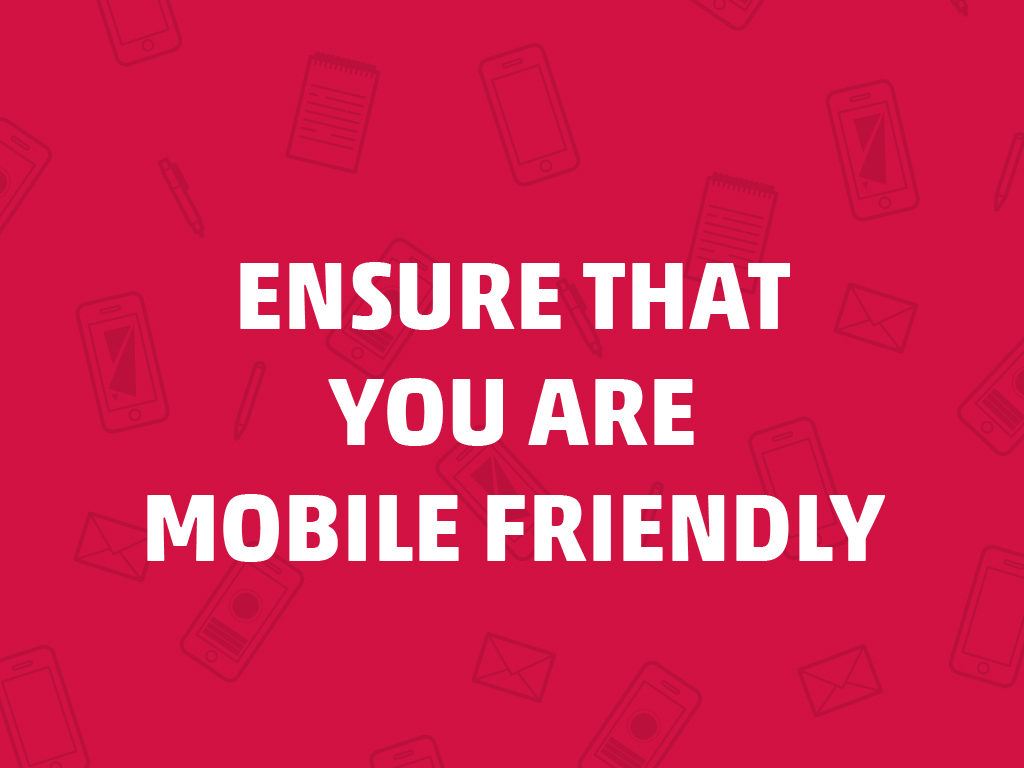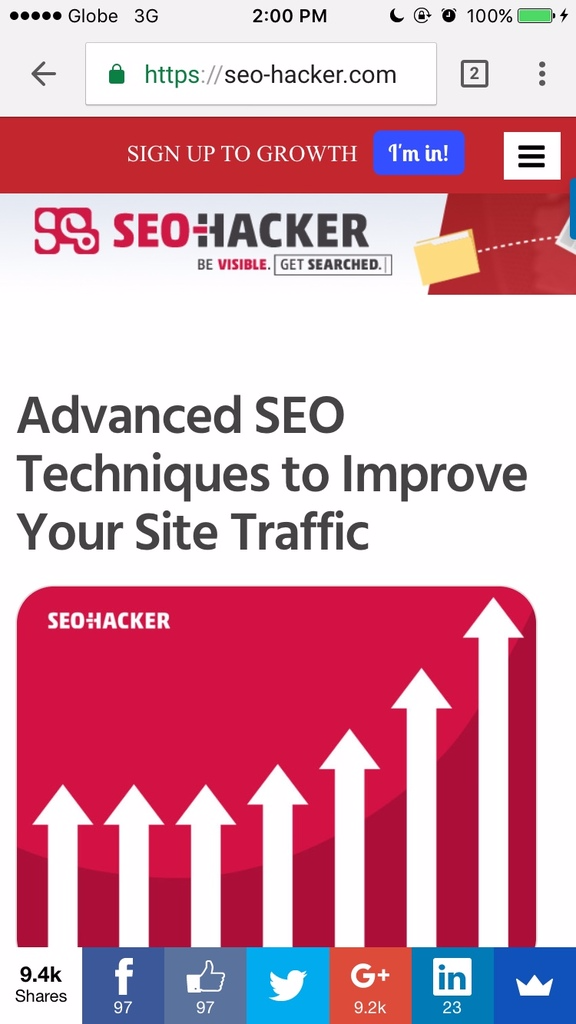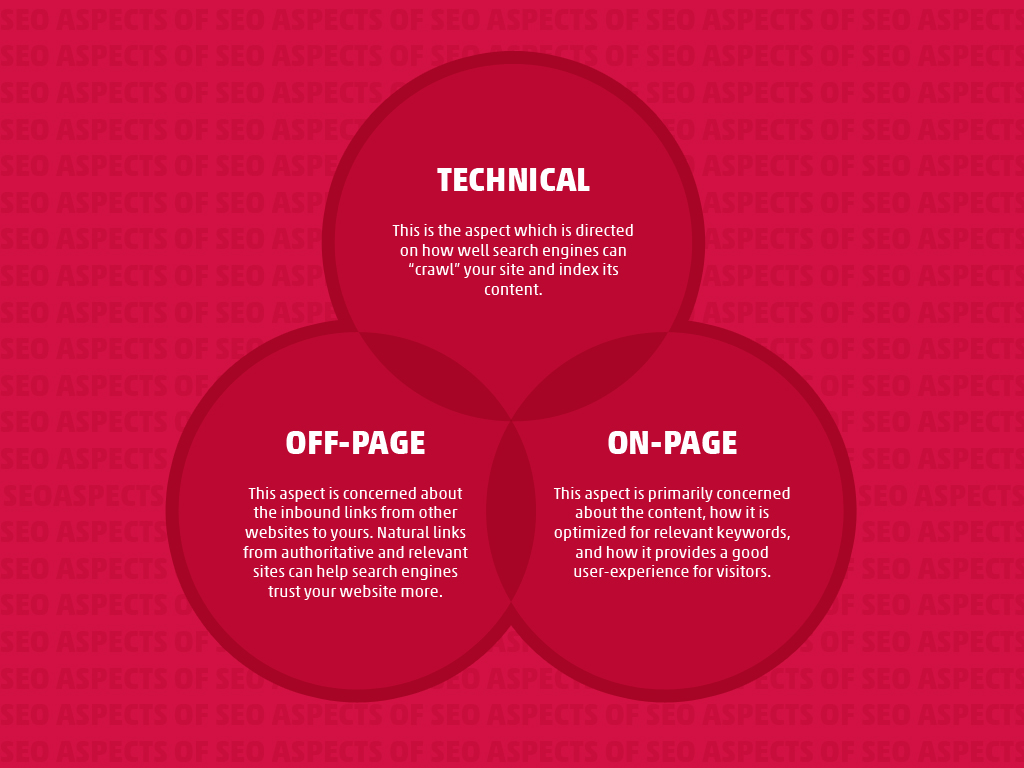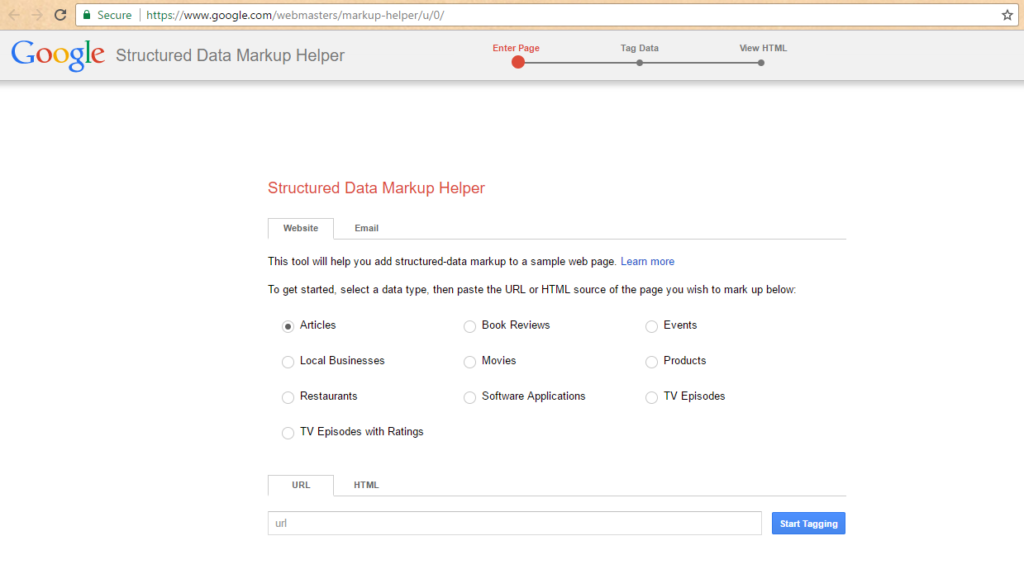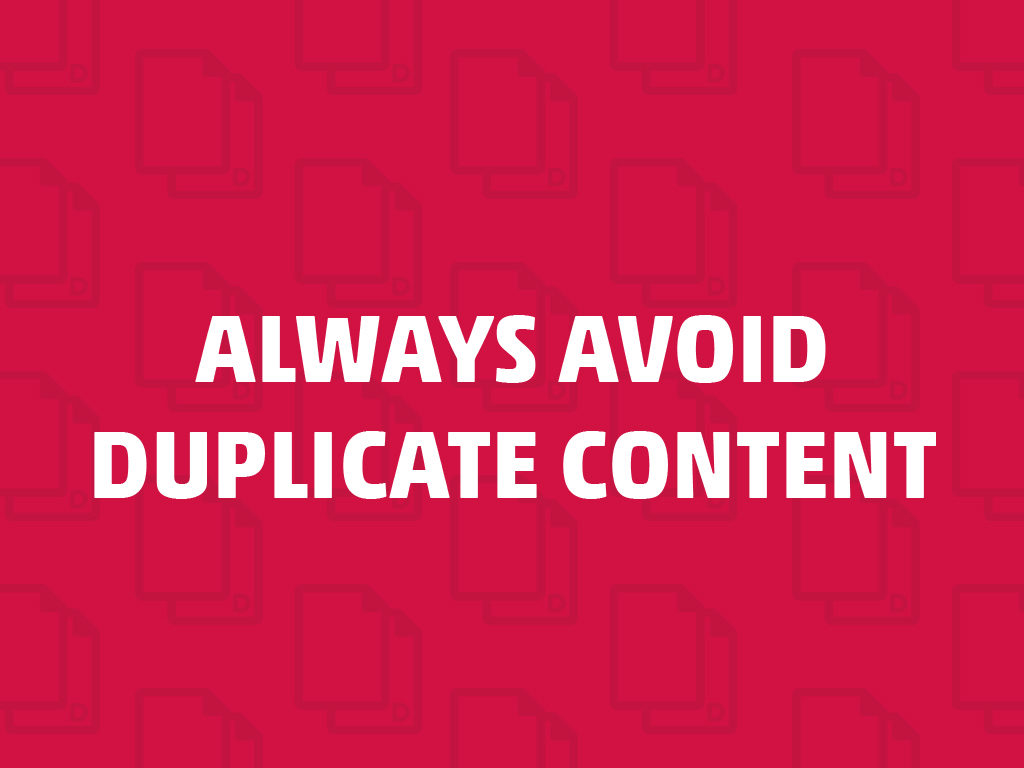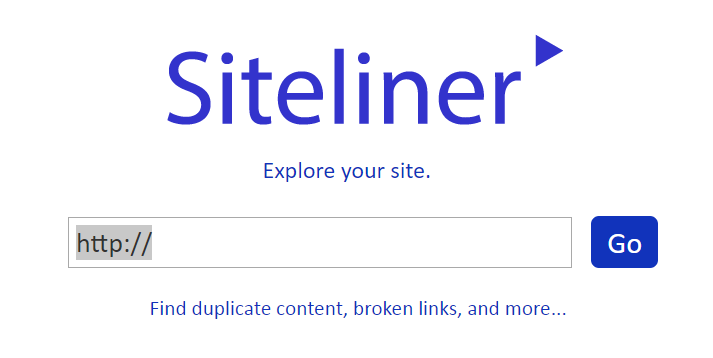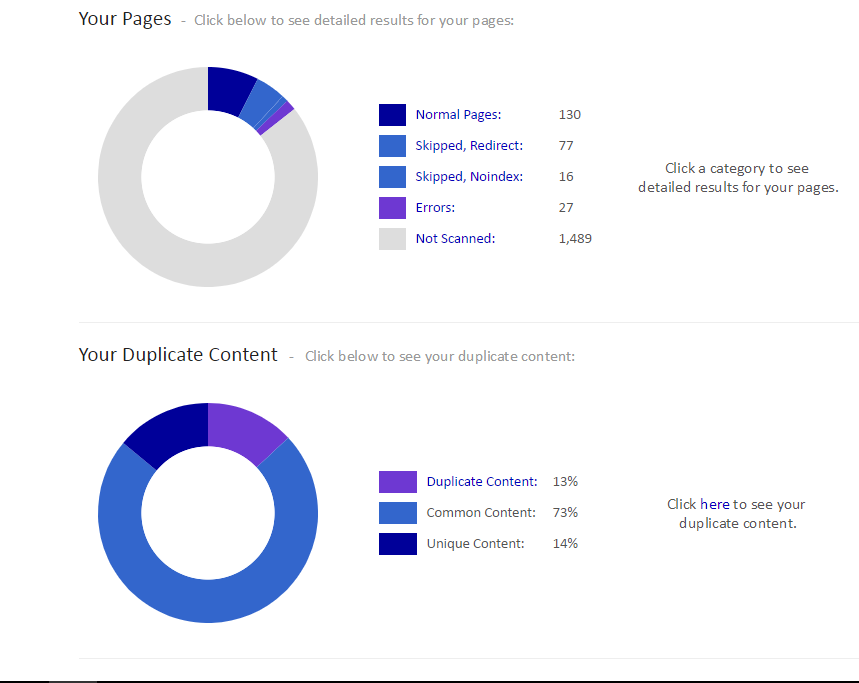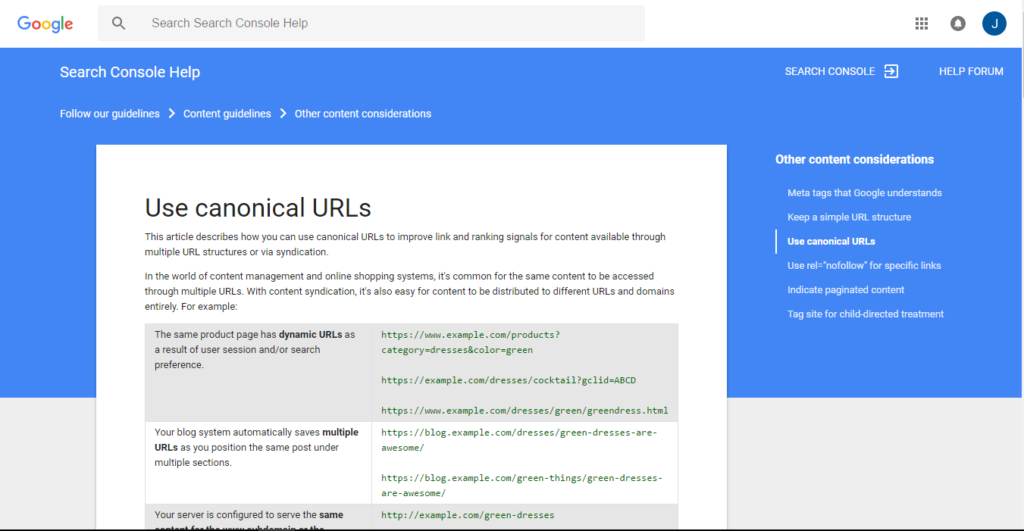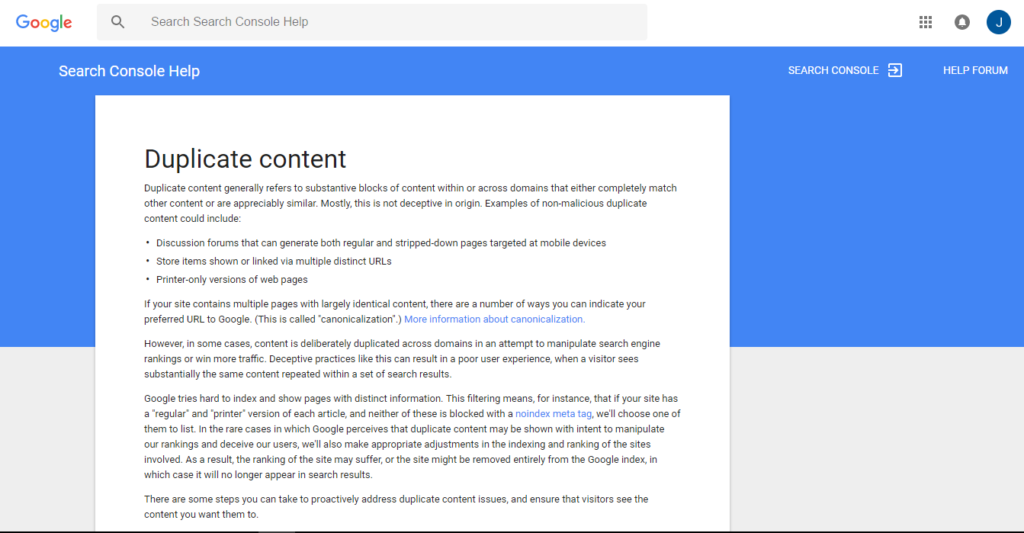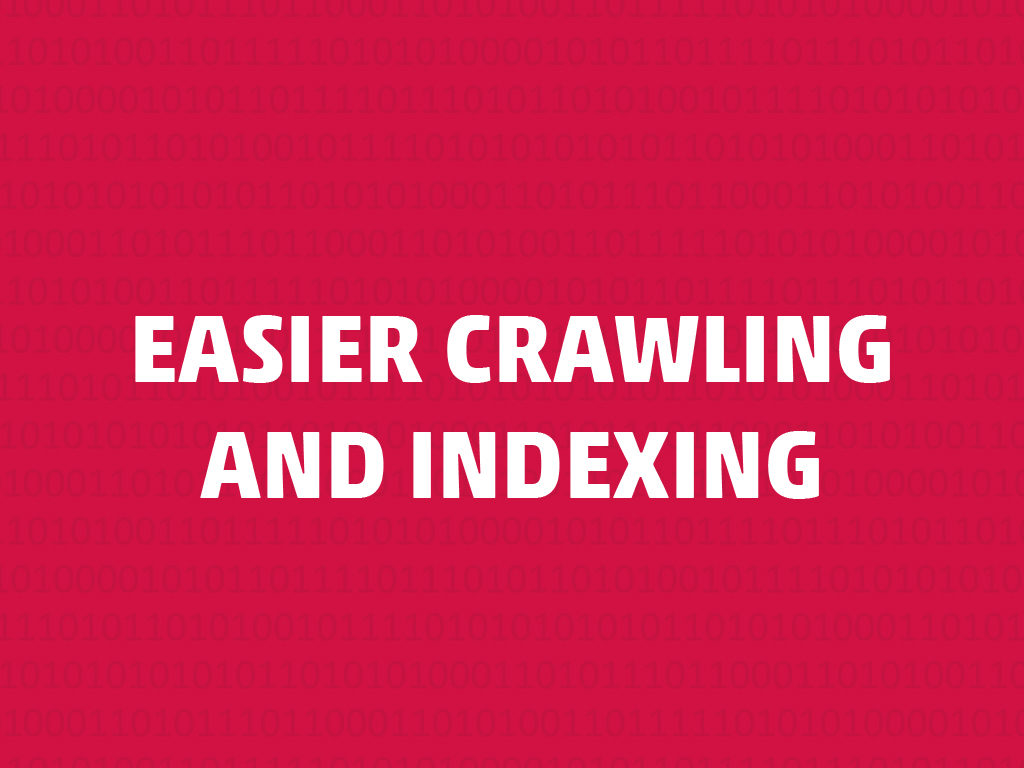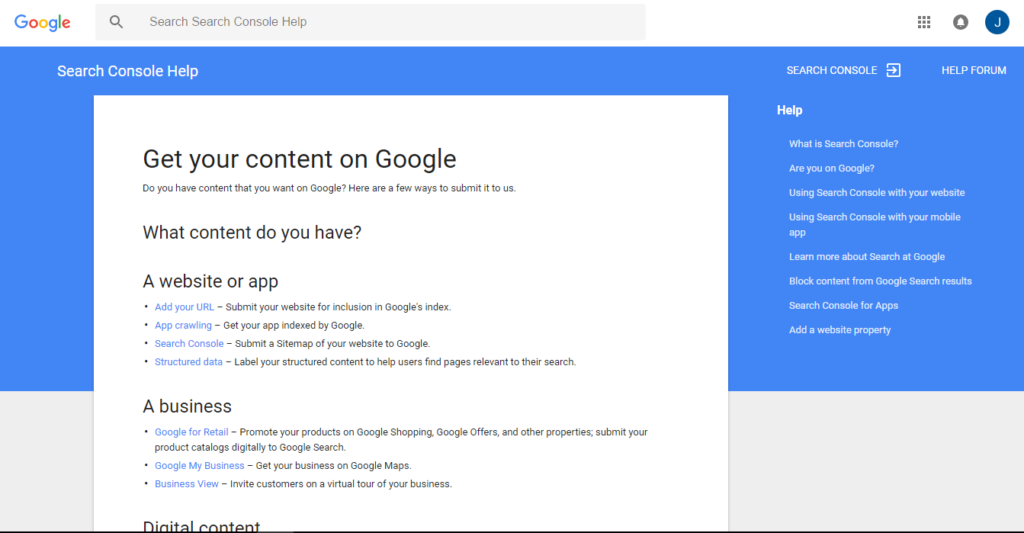Your Rankings Won’t Improve Until You Try These Techniques
This happens more often than a seasoned SEO practitioner would think: They exert all their efforts into making sure that their strategy is top-notch, white hat, and is used by many; only to garner little, to no results. Why does this happen though?
Many businesses that dabble on SEO are mystified when they do everything correctly, but their search rankings just would not improve. It is discouraging, to say the least; because you use up a lot of your time, energy, and even money; only to see it wasted.
However, I am here to tell you that this is perfectly normal; this is just the natural ‘progression’ of the ever-changing mountain that is SEO. There are still ways in which you can still improve your search engine results page (SERP) rankings; even if your current strategy does not work.
This surely will not be easy, but if you put in the necessary effort, time, and money, you will see your desired results. So, there is no need to be worried about your search engine rankings not improving. Here are techniques that you can use when your SERPs rankings just won’t improve.
More often than not, the SEO strategy you are using is definitely imperfect This happens because SEO’s landscape is broad, and the topics that it encompasses are manifold; from content creation to robot.txt files, SEO can be a difficult task to undertake. Which is why you should first analyze the SEO strategy that you are currently using.
To peruse your SEO strategy, you must know the different components that are essential to an effective SEO strategy. Fortunately, Moz published an 8-step SEO strategy guide, here are the steps:
- Step 1: Define Your Target Audience and Their Need
- Step 2: Categorize Keyword Research
- Step 3: Finding Gaps and Opportunities
- Step 4: Define Competitors
- Step 5: Spying On (And Learning From) Your Competitors
- Step 6: Customized SEO Strategy & Recommendations
- Step 7: Must-have SEO Recommendations
- Step 8: Prioritize and Summarize
It is important to remember that your SEO strategy should have all these components.
If you have examined your current SEO strategy, and you are sure that it is complete, it is time to apply these techniques to ensure the improvement of your search rankings:
Optimize and enhance your HTTP
Recently, Google has started releasing changes to their algorithms that wanted to ensure a better user experience. A big part of user experience is site security, and that is what you need to improve upon. It is highly noticeable that the letters “HTTP” is at the beginning of every site URL. However, having “HTTP” at the start of a site’s URL means that it is unsecured, and is generally not trustworthy.
On the other hand, sites that have “HTTPS” means that they are secure, and is generally trusted by the search engines. If you are a Google Chrome user, you would have probably noticed that when you visit a site, and it has “HTTPS”; the text on the left side of the URL bar turns green, and has a padlock symbol. This means that the site is secure, and is trustworthy. Take a look at our site’s URL:
As you can see, if the text on the left side is green and has a padlock symbol beside the word “Secure”. This occurrence can be considered as Google’s certificate of authenticity; thousands – or even millions – of people use this function to determine if the site that they are visiting is legitimate or not.
Aside from proving that your website is secure, Google also gives improved rankings to sites with “HTTPS”. While it does not give an immense boost in ranking, it still helps. All of these are enough reasons to make you want to convert into HTTPS. Also, it has been reported that Google will penalize sites that are unencrypted. So, it is better to upgrade to HTTPS than to get penalized.
Additionally, you can also consider upgrading to HTTP/2. Aside from making your website secure, it also helps increase the site’s speed, which in turn, can positively impact your SEO.
This is practically common knowledge, but some people still disregard the importance of making their websites more mobile friendly. There are numerous sites that claim they are mobile friendly, however, they are only semi-mobile friendly. They can be considered as just a shrunken version of the desktop page. And it never looks good.
So, make sure that your website is really mobile friendly. Just take a look at the mobile friendly website of SEO-Hacker:
It is clear that the site is optimized for mobile users because it shows that same content with the desktop version, but is the overall look is for the mobile platform. By optimizing your website to a more mobile friendly version, you will be catering to too much more people; because the general public mostly uses their mobile decides to explore the internet.
Also, by making your mobile-friendly site more responsive will increase user engagement by a considerable number.
Aside from making the website more mobile friendly, you should also make sure that every aspect of your site is really mobile friendly – especially the content. Most webmasters create content without even thinking about the mobile users; which is a grave mistake. Think about it: today, most people are browsing the internet through their smartphones, what happens if your website’s content is not mobile friendly enough? You will be effectively losing visitors in the long run because of your below average content management.
It sounds radical, but mobile should be a big part of your life as an SEO practitioner. It should be one of your utmost priorities whenever the design of a website is in the works. So, always make sure that your website is really mobile friendly; remove any flaws or errors that you have found while examining the mobile version of your site.
Whenever a practitioner hears the term “technical SEO”, it often leaves them scared and nervous. However, even if it is daunting, it is one of the primary helpers in increasing a website’s ranking. Sometimes, when people do SEO, and they do it correctly, but they do not get the results they wanted; it oftentimes is because of they lack the incorporation of technical SEO. There are three main categories for technical SEO, namely:
On-page and off-page are more commonly known by practitioners. While the technical aspect is often left out and disregarded. It is unrelated to the actual content of the website, but it deals with mobile friendliness, site speed, and HTML/XML sitemaps.
Also known as schema markup, incorporation of structured data on your site can give you a definitive advantage over other websites; because it is the one that helps the search engine robots understand what everything in your website means.
Basically, when search engine robots cannot read the data inside your website, you have to be the one to tell them. Integrating structured data is not as hard as it sounds, Google has its Structured Data Markup Helper to do the job for you:
You just need to select your structured data type, input your URL, and start tagging.
It is common knowledge that Google does not like duplicate content. However, some have the notion that re-posting their old content is considered as duplicate content. It’s not. An instance of duplicate content is when two different URLs lead to the same
An instance of duplicate content is when two different URLs lead to the same web page. Here’s an example:
This is Zalora’s page when you click on Men’s Shoes. Now, take a look at following URL:
Notice that the URL is very different from the first photo. It is the same page, however, their URLs are far from being the same. The second photo was opened from an email campaign that Zalora sent out. That is why there is “EmailCampaign” inside the URL of the second photo. This is basically considered as duplicate content.
This is not an issue for casual visitors, however, Google can penalize this occurrence. It does not mean that email marketing, campaigns, and other strategies that might produce duplicate content should stop. There are actual ways on how you can preserve your site’s SEO ethics. You first need to find duplicate content for your site, you can use Siteliner for this:
Siteliner will be the one doing all the work, and will eventually show you a detailed results page on how much duplicate content your site has and where it is located.
If you have duplicate content, you can use something called the canonical tag. It does not require a decent amount of coding knowledge, even ordinary people can use it. If you have spent enough time in the SEO scene, you might have encountered this tag, it is rel = “canonical”.
If you attach it to a link, search engine crawlers will know that the link is the preferred URL. For instance, you might have a web page with the URL called https://example.com/blog. While other users might also access the same web page using https://example.com/blog&6996.
If you incorporate the canonical tag into the https://example.com/blog, that specific link will be known as the preferred URL to navigate to. Basically, the link that has the canonical tag will be the one shown in the SERPs. Now that the search engine knows that there are multiple links for the same webpage, they will not consider the other links as duplicate content.
Google provides everyone with a support page that helps them use the canonical tag properly.
They also provide webmasters with steps that they can take to make sure they do not have any duplicate content.
Avoiding duplicate is not that hard – only if you really are adamant on preventing it. If there are times when you cannot help but use duplicate content, use the canonical tag from the very start to avoid forgetting.
Crawling and indexing are basically the search engine’s way to assess a website, which means it is crucial to the entire SEO scene. It should be a webmaster’s responsibility to ensure that the search engine should be able to quickly and easily look at their respective websites.
However, it is unbeknownst to most people on how they can influence the process of crawling and indexing. Here’s something surprising: you can actually submit your content to Google for indexing. You are basically submitting your content for faster indexing, although this is not always the case. This function allows you to submit all kinds of content:
Normally, you will use the “Add your URL” function to alert Google about a new page/content on your website.
This procedure will alert Google that you have a new page and a request for indexation. This feature is best used on brand new pages, but how will you Google’s attention to old links? Well, you can actually request Google to re-crawl your pages. This does not mean an immediate improvement in the SERPs rankings, but it will help. You can do this by using Google’s Search Console.
Here how to do it:
- In the left-side bar, press “Crawl” and go to “Fetch as Google”
- Choose between what would be fetched if it is the “Desktop” or “Mobile” version
- Then, enter the URL you want to be fetched into the box
- If you want your homepage to be fetched, just leave the box blank
- Click Fetch
- Click Request Indexing
- Choose if you want Google to just recrawl the specified URL or to recrawl the specified URL and all of the links on the web page.
- Press Go
Google states that it would take a few days for them to successfully recrawl the page. It may sound like a long time, however, it is much faster than other methods.
Another way in which you can make crawling and indexing easier is by removing errors. You can do this by again using Google Search Console. Just go to “Crawl” and choose “Crawl Errors”. The most common errors that you might experience are DNS, 404, and server errors. Moz published an article that details on how you can fix these problems. Once you are done, go back to the “Crawl Errors” page, and mark the URLs as “fixed”.
Key takeaway
Oftentimes, practicing proper SEO is not enough to improve your rankings. Hopefully, you apply everything that was included in this article, so that you will have the results you worked hard to obtain. These techniques – or even SEO – is never an easy task to undertake.
You will need dedication, passion, and the will to obtain your desired results. As mentioned, these techniques will help you improve your rankings, but this will not be enough. If you start using these techniques, you will need to constantly apply these, because if not, then you would have just wasted your time, energy, and money.
Were these techniques helpful? Do you know other ways on how to improve your rankings if your current SEO strategy is not working? Tell me in the comments below, and let’s talk.

